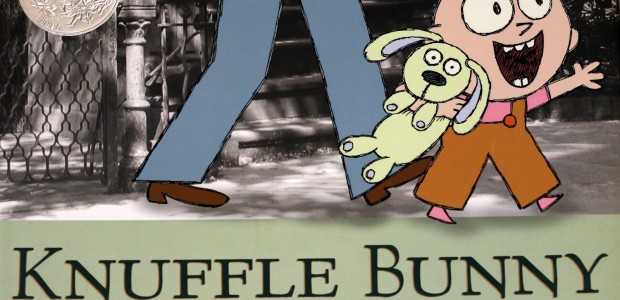Have you ever noticed how preschoolers ‘read’? They pick up familiar books, admire the pictures, and tell the story with words that they remember from the last time an adult read the book to them. They use the language and the pictures from the text to create their own rendering. They don’t get bogged down with trying to decode the words. Instead, they focus on meaning.
But wait a minute, isn’t that what we want all kids to do? To focus on the meaning?
Fast forward a few years. These preschoolers are in first grade. What does their reading look like now? There is a good chance that their attention has shifted. Their focus has been redirected to the words on the page, to attend to the letters and sounds…and perhaps, in the process, to sacrifice the meaning.
As teachers of early elementary students, we must remember that even as they learn to lift words off the page, they have to be thinking about what makes sense. Making meaning must be the priority. This is a delicate balance to strike. However, if we take advantage of the ‘sense of story’ that many children bring to school with them each day we might find that teaching them to read is much more productive.
Challenge yourself to use ‘meaning prompts’ with students instead of ‘decoding prompts’. For example, when a student pauses at a point of difficulty, instead of saying, “What do you know about the sounds those letters make?” try “What would make sense there?” or “What would make sense based on what you’ve read so far?” Of course, once the child has offered a plausible word, you want to follow it up with, “And does that look right?” (This helps solidify the idea that reading has to make sense AND look right).
Let’s think about this with a real example from the classroom. A first grade student is reading a simple version of The Three Little Pigs. He gets to the word ‘three’ and pauses. For a first grader, there are a lot of phonics principles to consider in the word ‘three’ (a digraph, a beginning blend, and a vowel team). If you prompted with “What do you know about the sounds those letters make?” You give the idea that in order to solve the word, you only consider the word in isolation. If, however, you said, “What would make sense based on what you know about this story?” you are sending the message that considering the meaning of the text is important and helpful…and it is!
Now, to make this exchange even more powerful, you can take advantage of this student’s ‘sense of story’. There is a good chance that this student has listened to some version of The Three Little Pigs read aloud on one or more occasions. Use this child’s background knowledge of this familiar tale when introducing the text and supporting the ‘during reading’ portion of your lesson. Model for the student that activating his schema about The Three Little Pigs will help him problem-solve tricky words in the text. Take a few minutes before reading to discuss words that he will probably come across in the text (three, little, wolf, home) and have him quickly identify the words on a few select pages…all while you thread these words to their significance in the text.
My three year old daughter loves to be read to. She carries a stack of books around with her wherever she goes. (In fact, we had to find a basket to hold about twenty of her favorites just to get her in the car this morning!) The other day, my husband was reading a version of ‘Rapunzel’ to her when he added the line, “all owls think a lot” to one of the pages. She immediately corrected him by saying, “You’re silly Daddy. That’s not from Rapunzel, that’s from Owl Babies.” How did she identify his error? By noticing the mismatch between the print and his spoken words? Certainly not! She identified the error by using her ‘sense of story’ and identifying the mismatch to meaning. At three years old, she is already capable to comprehending in a meaningful way.
 This is not a skill that she was taught. It’s her natural development with understanding language, how it works, and the significant role it plays in making sense of her world (and her books!). It’s her developing ‘sense of story’ that supports her developing comprehension. This week, while your group of kindergartners, or first, or second, or third graders sit in front of you at your guided reading table…take advantage of the ‘sense of story’ that they bring with them. Use this ‘sense of story’ to help engage them in the text. Use it as a bridge between lifting the words off the page and understanding what they mean.
This is not a skill that she was taught. It’s her natural development with understanding language, how it works, and the significant role it plays in making sense of her world (and her books!). It’s her developing ‘sense of story’ that supports her developing comprehension. This week, while your group of kindergartners, or first, or second, or third graders sit in front of you at your guided reading table…take advantage of the ‘sense of story’ that they bring with them. Use this ‘sense of story’ to help engage them in the text. Use it as a bridge between lifting the words off the page and understanding what they mean.
I’ll leave you with this. Here is a short audio recording of my daughter reading a small section of Knuffle Bunny by Mo Willems. Shealagh reading Knuffle Bunny. You can see in the illustration below that she is reading the words, “Aggle, Flaggle, Klabble!” (If you don’t know this story it is definitely worth the read!)
Images courtesy of childrensbookalmanac.com
